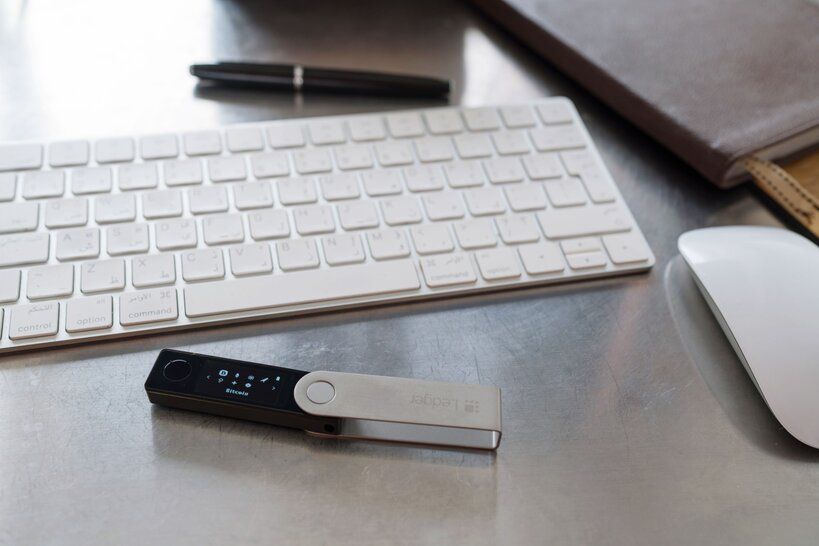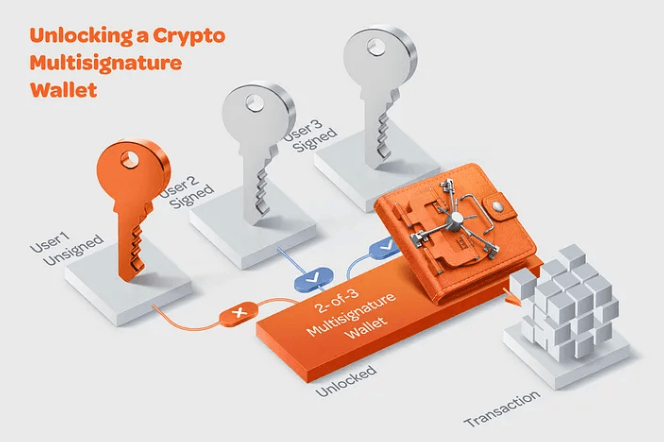
Social Verification Means Stress-Free Crypto Security: Here's Why
11 Jul 2023

11 Jul 2023
From the early days of crypto, wallet security has been a major issue. It’s easy to lose the private keys to your crypto. And the device you store your digital assets on often acts as a single point of failure should a hacker gain access to your private keys or your device. Read on to learn about the emergence of Social Verification wallets and the next evolution of crypto security.
Before we start, it’s essential to have an understanding of private keys and how they relate to crypto security.
Taking the extra steps to self-custody and secure your crypto assets is often too complicated and risky for the everyday user. For cryptocurrency usage to reach the masses, we need a more simple and safe way to secure crypto.
If you are new to Web3 assets, you may wonder what all the fuss is about losing crypto. Historically, losing crypto has been a big problem.
You’ve probably heard about Bitcoiners losing their precious BTC. In fact, they've lost a collective 4 million bitcoins over time, now worth over $122 billion. Whether they lost their assets due to scams, theft, accidental loss, or hard forks, they’ve had to deal with the fact that they and their Bitcoin have been forever parted. Crypto loss has been a huge security problem.
Cold storage wallets, such as hardware wallets and paper wallets, have been introduced to help people self-custody their crypto as a security solution. But the level of complexity is too high for the average person to use intuitively, also leading to lost assets and potential security vulnerabilities.

Ethereum (ETH) and the host of crypto assets minted off the Ethereum Blockchain have also been the target of scammers, hackers, and sadly, an overly complex UX. Early ETH wallets were hard to manage individually without some level of tech savviness. Today, the sheer number of wallets and types of wallets is confusing, which can lead to loss, mismanagement of assets (by you or someone else), and added risk vectors.
Multisig (multi signature) wallets evolved for both Bitcoin and Ethereum as a way to overcome the risks of self-custody wallets. Generally, the way they work is you have 2 separate private keys for signing transactions held by you on 2 different devices. A 3rd is a backup key that is held offline by a trusted friend or provider.

Source: Unidao
So far, multisig wallets and cold storage have not been enough to protect our crypto holdings. They continue to cause confusion, inhibit adoption, and lead to centralized vectors where our crypto holdings are exposed to additional risks.
Ethereum’s Founder, Vitalik Buterin, has talked extensively about a new era of security, with the concept of Social Verification at the forefront. Buterin has been stressing the need for better crypto wallets since 2021:
“An ecosystem whose only answer to losses and thefts is a combination of 12-step tutorials, not-very-secure half-measures, and the not-so-occasional semi-sarcastic ‘sorry for your loss’ is going to have a hard time getting broad adoption.” - Vitalik Buterin
Vitalic cited a need for a wallet design that could do 3 things:
Wallets like Gridlock use a social verification process that checks all three boxes in Buterin’s design recommendation. Recovery of lost assets due to a damaged or lost device is possible through social recovery, and social verification provides a higher level of security from hacks and scams.

Gridlock Wallet utilizes a system of social verification, where trusted individuals or devices, known as Guardians, can be designated to protect key shards. This feature adds an extra layer of personal protection to user assets. Additionally, the user experience is simplified and intuitive.
The team at Gridlock has built a solution that replaces the need for individually backing up and storing your private keys. Using a Social Verification system that is easy from the user’s standpoint and securely encrypted among devices, Gridlock is leading the way to the next evolution of crypto wallets.
Your private keys are split at the time they are generated into key shares and securely stored on a distributed network of trusted devices that you design.
Key management is distributed amongst multiple parties, but only you have control because you have the most authoritative key share by design. Only you can assemble the key shares to make a transaction.
If you lose your private keys, a combination of the key shares can reconstruct it for you without any of the other key shares ever gaining access to your private keys or seeing your holdings or transactions. This process is called Social recovery.
Social verification and recovery mean that Gridlock keeps the complexities of superior wallet encryption behind the scenes so you can keep your crypto safe without the typical worries of self-custody, such as losing your private keys.
Download Gridlock, a crypto management system that uses social verification to maximize security over the long haul for crypto users of all experience levels.
- - -
Written by Mason Winsed

Mason Winsed simplifies blockchain for the people. With a comp-sci background and a passion for crypto safety, he's your go-to for straight-forward crypto wisdom. In his off time, he's coding or gaming. Join Mason for a no-nonsense crypto talk.